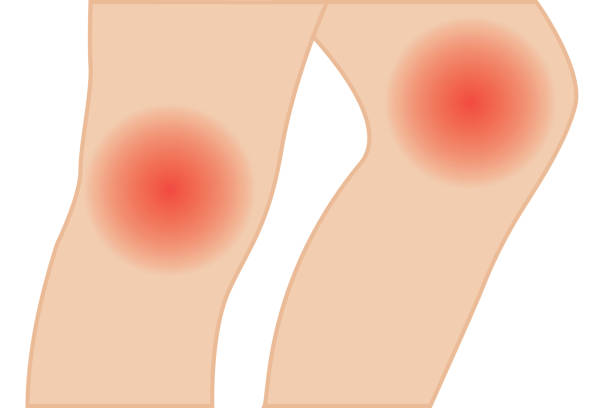



Shoulder Injuries
In daily activities, your shoulder undergoes extensive movement, enabling you to lift, reach, and perform various tasks. While its flexibility is beneficial, the frequent motions increase the risk of injuries. The shoulder, being the most vulnerable joint, often faces issues due to repetitive movements or excessive arm motion, such as painting or hanging curtains.
But your shoulder can get hurt in other ways too:
*Age. The natural aging process can lead to wear and tear, causing damage to your shoulder.
*Osteoarthritis. The cartilage, which serves as tough rubbery padding to protect your joints, experiences wear and tear.
*Rotator cuff damage. The rotator cuff comprises muscles and tendons that maintain the stability of your shoulder.
*Bursitis. The fluid-filled cushions that provide joint support become inflamed.
*Dislocation. The upper arm bone dislocates from the shoulder socket, causing significant pain.
*Frozen shoulder. The connective tissue capsule surrounding the shoulder thickens and tightens, limiting joint movement.
How to Prevent Injuries?
Fortunately, many shoulder issues can be resolved without surgery. However, prevention is key. Here are some ways to achieve that.
Listen to your body. If you experience persistent shoulder pain after an activity, don’t dismiss it. Consult your doctor if the pain is severe or lingers, as toughing it out could potentially worsen the condition.
Stay in shape. Keep your body in good physical shape with regular exercise and a healthy diet. It’s a way to stay well and it can help you avoid injury.
Exercise the right way. Warm up before you work out. Start slowly if you haven’t done a sport or an activity in a while. Learn how to lift weights the right way. Don’t lift too much.
Watch out at work. Ensure that you avoid shoulder injuries while at work.
*Maintain proper posture while sitting or standing.
*Adhere to safe lifting techniques, keeping your back straight and utilizing your legs.
*Take short breaks every hour to stretch and move around.
*If you have a desk job, ensure your workstation is ergonomically set up for comfortable computer use.
Don’t strain to reach what you need. Utilize a step stool for reaching high places. Store frequently used items in drawers or on lower shelves.
Recovery
To alleviate shoulder pain, prioritize rest and ice applications. Consult your doctor about over-the-counter pain relievers and adhere to prescribed physical therapy. Avoid wearing a sling excessively; maintain arm mobility without overexertion. Wear or buy shoulder brace that can help alleviate the pain or support your shoulder. At Daphco Medical Equipment, we got various types of shoulder sling or braces to help you. Check our shop to learn more!
Search Articles
Latest Articles
28th Feb, 24
23rd Feb, 24
20th Feb, 24
15th Feb, 24
13th Feb, 24



 888-616-4156
888-616-4156 


 28th Feb, 24
28th Feb, 24 


